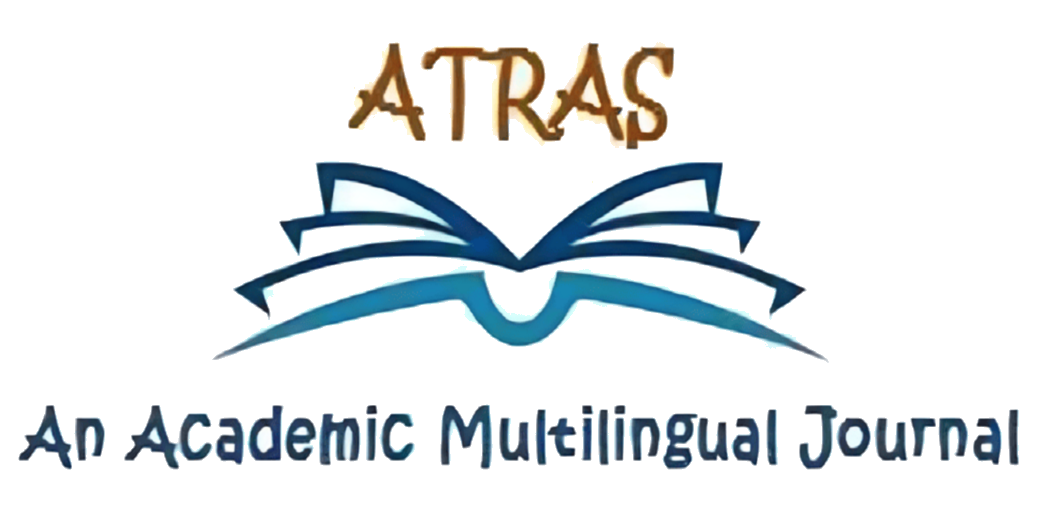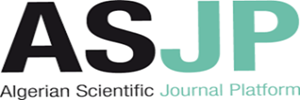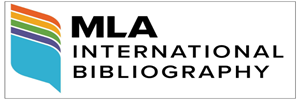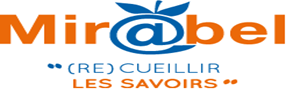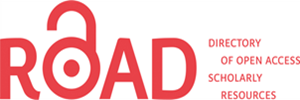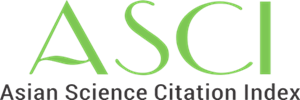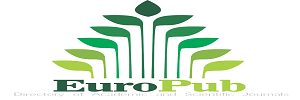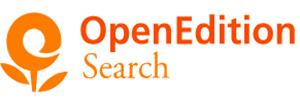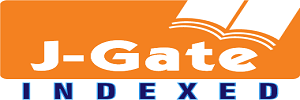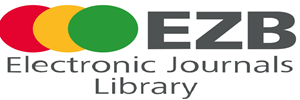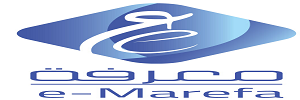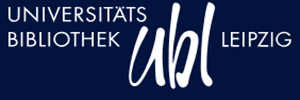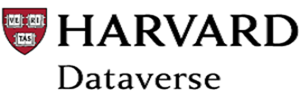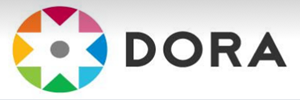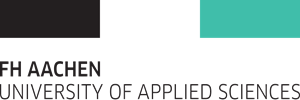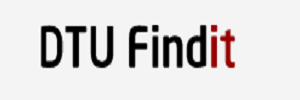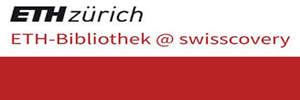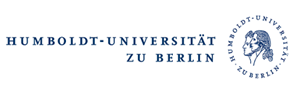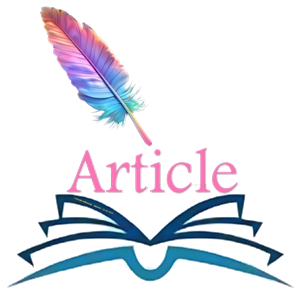Title: Comparing the Effectiveness of Grammar Translation Method and Unit-Shift on Translation-accuracy of Students at Intermediate Level in EFL Contexts
Saqlain Hassan
Riphah
International University, Islamabad, Pakistan
Jamshaid Anjum
Government Gordon Graduate College,
Rawalpindi, Pakistan.
Abstract
Translating a Source Text into a Target Language becomes inevitable in the EFL context. Though the complete equivalence of the Source Text into the Target Language is not yet possible, the translation accuracy reduces the loss of the equivalence gap between the Source Text and the Target Language. The current study aims to explain the effectiveness of two translation methods i.e., Grammar Translation Method and Unit-shift in translation accuracy of the students at intermediate level in the EFL contexts. The data for this study is collected through a field survey and teaching in the actual classroom and post-tests. This is a mixed-method study using quantitative data to support the qualitative analysis. The analysis of the data was conducted using the Quantitative Content Analysis theory by Bernard (1952) and Translation Shifts by Catford (1965). The findings of the study have revealed that unit shifts have helped increase the translation accuracy of the students at an intermediate level in the EFL contexts by 11.82% as compared to the Grammar Translation Method. This study helps find the effectiveness of unit shifts in solving the problems faced by intermediate students during the process of translation.
Keywords:
Accuracy, EFL contexts, Grammar Translation Method, Unit-shits, translation
How to Cite this Paper:
Hassan, S., & Anjum, J. (2024). Comparing the Effectiveness of Grammar Translation Method and Unit-Shift on Translation-accuracy of Students at Intermediate Level in EFL Contexts. ATRAS Journal, 5(2), 189-204
References
Al. Sobh, M. A. (2022) Translation Challenges Facing University Students a Case Study: EFL Students at Ajloun National University. European Journal of English Language and Literature Studies, 10(5), 10-23,
Berelson, B. (1952). Content Analysis in Communication Research.New York: Free Press.
Budi, W. (2022). Analysis of category shifts translation: A case study of Harry Potter and The Sorcerer’s Stone novel translation from English to Indonesian. Journal of Economics and Business Letters, 2 (2), 20-24
Chang, S. (2011). A Contrastive Study of Grammar Translation Method and Communicative Approach in Teaching English Grammar. Canadian Center of Science and Education 4 (2)
Herman, M. P. (2014). Category shifts in the English translation of Harry Potter and the Philosopher’s Stone movie subtitle into Indonesia (An Applied Linguistics Study). Journal of Humanities and Social Sciences, 19, 31–38.
Kelly, L. (1969). 25 Centuries of Language Teaching.Rowley, Mass: Newbury House.
Larsen-Freeman, D. & Anderson, M. (2011). Techniques and principles in language teaching (3rd ed). Oxford, England: Oxford University Press.
Muamaroh, D. E. H. (2021). An analysis of translation shifts and its equivalence into Margot Heinemann (1935) by John Cornford into Huesca (1948) by Chairil Anwar. Advances in Social Science, Education, and Humanities Research, 662. https://doi.org/10.2991/assehr.k.220503.078
Munday, J. (2008). Introducing Translation Studies: Theories and Alienations. Second Edition. Routledge Francis & Taylor London and New York.
Natsir, M. (2014). Grammar Translation Method (GTM) Versus Communicative Language Teaching (CLT); A Review of Literature. International Journal of Education & Literacy Studies, 2(1), 58-62. http://dx.doi.org/10.7575/aiac.ijels.v.2n.1p.58
Nisha, R. P. (2024). Comparing grammar translation method (GTM) and communicative language teaching (CLT) in EFL context: A qualitative literature review. Journal of English Language Teaching. 5 (1). http://dx.doi.org/10.24256/foster-jelt.v5i1.159
Rajput, Z., Junejo, S. & Ghouri, Z. (2023). The effectiveness of the grammar-translation method (GTM) in improving English language accuracy at an intermediate level. Pakistan Languages and Humanities Review,7(3). http://doi.org/10.47205/plhr.2023(7-III)13
Rehman, M. (2012). Grammar Translation Method (GTM): An effective and feasible method in the Bangladeshi context. Department of Humanities and English BARC University.
Richards, J. C. & Schmidt, R. (2002). Longman Dictionary of Language Teaching and Applied Linguistics. Pearson Education Limited.
Roman, J. (1959). On Linguistic Aspects of Translation. In R. Brower (Ed.), On Translation (pp. 232-239). Cambridge, MA and London, England: Harvard University Press. https://doi.org/10.4159/harvard.9780674731615.c18
Situmorang, T.K. &Afriana, A. (2019). An analysis of unit shift and structure shift found in A Little Princess novel by Frances Hodgson Burnett SCIENTIA JOURNAL: Jurnal Ilmiah Mahasiswa, 1 (1).
Thornbury, S. (2003). How to Teach Grammar. Beijing: World Affairs Press.
Vinay, J. P. & Dalbernet, J. (1995). Comparative Stylistics of English and French: A Methodology for Translation. John Benjamin’s Publishing Company

Copyright for all articles published in ATRAS belongs to the author. The authors also grant permission to the publisher to publish, reproduce, distribute, and transmit the articles. ATRAS publishes accepted papers under the Creative Commons Attribution-NonCommercial 4.0 International (CC BY-NC 4.0) License. Authors submitting papers for publication in ATRAS agree to apply the CC BY-NC 4.0 license to their work. For non-commercial purposes, anyone may copy, redistribute material, remix, transform, and construct material in any media or format, provided that the terms of the license are observed and the original source is properly cited.
